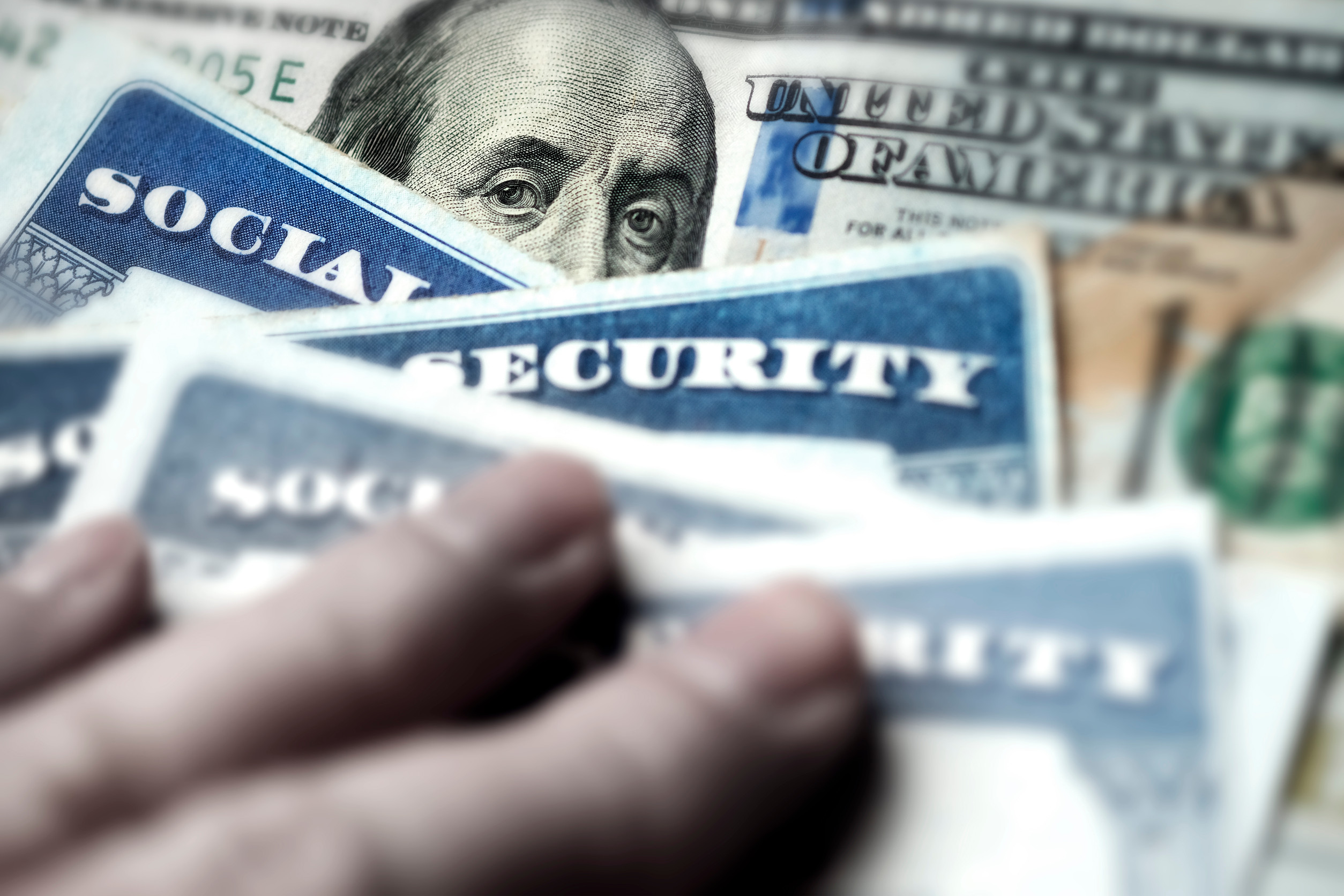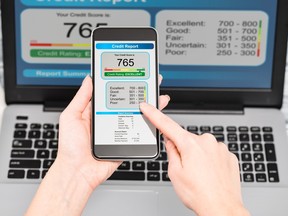When it comes to dividend growth investing, there’s no doubt that dividend aristocrats are worth watching. Dividend aristocrats are S&P 500 listed companies that have a track record of consistently paying out dividends to their shareholders and increasing those payouts for over 25 consecutive years.
What else makes dividend aristocrats such a potentially good investment? For starters, they’ve got staying power. These companies have weathered all sorts of economic storms yet continue to pay dividends to their investors.
I find that one of the best perks of investing in dividend aristocrats is that they can be reliable streams of income that grow over time—helping to minimize the effects of inflation.
Methodology Used to Find the 5 Highest Rated Dividend Aristocrats
To come up with this list, I used Barchart’s stock screening feature. I have a portfolio already created with the Dividend Aristocrats—and screened for analyst ratings of 4 or higher, meaning a moderate to strong buy. The higher the score, the better the rating. There were a lot of highly-rated aristocrats, so I set a filter for 3% or higher dividends and arranged them from highest to lowest analyst ratings. Hence, I have the highest-rated dividend aristocrats with the highest-yielding stocks from the list to come up with the companies in this article.
Coca-Cola Company (KO)
When someone talks about carbonated drinks, many would instantly think of Coca-Cola since it is sold in over 200 countries. However, the Coca-Cola Company (NYSE:KO) does not only produce Coca-Cola but also popular brands like Sprite, Fanta, and more. Another thing about the Coca-Cola company is that they’re not only dialed-in selling drinks but are also trying to get the ball rolling with sustainability through recycling, water replenishment, and reducing carbon emission—all while employing over 700,000 people worldwide
In terms of dividends, Coca-Cola has been paying shareholders since 1919 and consistently increasing its stake. the company has just recently announced an annual increase, which raised the quarterly dividend 5.4% from $0.46 to $0.485 per share, which also marks the 62nd annual dividend hike for the company. Now, the company’s annual dividend rate sits at $1.94 per share, representing a dividend yield of 3.21%.
KO’s latest financial report—which is for Q4’23—reported varied results across the board. For instance, the company’s revenue increased 3.7% to $1.631 billion YOY. However, net profit decreased to $75.836 million from $118.445 million—lowering the EPS to $8.09 from $12.64.
Despite the company’s mixed financial performance, analysts are still bullish on the stock—giving it a strong buy rating of 4.47.
NextEra Energy (NEE)
NextEra Energy, Inc. (NYSE:NEE) is a highly successful clean energy company based in Florida. The company provides electricity to millions across the United States. Their main subsidiary, Florida Power & Light Company, is the biggest player in the game for electric utilities in America, serving over 12 million Floridians. On top of that, NextEra Energy owns NextEra Energy Resources, LLC, which generates renewable energy from wind and solar sources worldwide, and they’re also a massive name in battery storage technology.
NextEra Energy is also a fan favorite when it comes to dividend payouts as they have paid dividends ever since 1986, and speaking of, it has just recently announced an impressive 10% dividend hike to $0.515 per share—the company’s 29th yearly increase. NextEra Energy’s annual dividend rate is now $2.06, representing a dividend yield of around 3.33%.
In terms of NextEra’s Q4’23 financials, results were mixed. Revenue increased from $6.164 billion to $6.877 billion YOY. However, its net income experienced a minor setback from $1.522 billion to $1.210 billion. On a positive note, its FY’23 earnings were up by 9.3% to $6.44 billion.
Even with mixed results, analysts still rate the stock as moderately buy, with an analyst score of 4.31.
Chevron (CVX)
Chevron Corporation (NYSE:CVX) is a global energy and chemicals company. Its upstream segment involves extracting crude oil and natural gas, and processing liquefied natural gas.
On the other hand, Chevron’s Downstream segment takes crude oil and turns it into various petroleum products, markets these products along with lubricants and renewable fuels, and creates petrochemicals. The company is also involved in carbon capture and storage and runs a gas-to-liquids plant.
Chevron’s dividend performance is also something to pay attention to. Chevron recently declared an 8% increase in its quarterly dividend to $1.63 per share—an event that marked the company’s 37th yearly dividend hike. Chevron’s annual dividend is currently at $6.52, representing an above-average yield of 4.22%.
In terms of YOY growth and overall progress, Chevron’s Q4’23 report pointed to revenue decreasing to $47.180 billion from $56.473 billion compared with the same quarter last year due to “lower upstream realizations” and decreased margins on refined products
On the brighter side, the company’s global output rose to 4% due to the acquisition of PDC Energy and the 10% growth of the Permian Basin.
Despite the lackluster results, analysts still rate the stock with a moderate buy rating or 4.22 analyst score.
Abbvie (ABBV)
AbbVie Inc.(NYSE:ABBV) is a global biopharmaceutical company that spun off from Abbott Laboratories in 2013, and is dedicated to discovering medicines that crack complicated healthcare challenges. Their portfolio includes treatments for conditions, including autoimmune diseases, blood cancers, neurological disorders, ophthalmic diseases, and chronic illnesses.
AbbVie has Well-known products like Humira, Skyrizi, Rinvoq, Imbruvica, and Botox, which are market leaders. AbbVie further fuels progress through collaborations with external partners, doubling down on groundbreaking therapies in oncology and immunology.
Like its fellow dividend aristocrats, AbbVie is also quite competitive in its dividend payouts. This pharmaceutical company has been paying its shareholders since 1924 (when it was a part of Abbott Labs) and has consecutively increased its dividend for 52 years in a row. AbbVie has also recently declared a quarterly dividend of $1.55 per share, payable on the 15th of May, 2024. The company’s annual dividend is $6.20, representing a 3.47% yield.
On the surface, AbbVie’s most recent financials could make one think twice before investing. YOY, the company’s revenue was slightly to $14.301 billion from $15.121 billion, and net profit also decreased to $824 million from $2.472 billion—due to higher R&D costs. That said, R&D is an important part of any pharmaceutical business as it sets the stage for future growth.
Analysts are confident with Abbvie despite the financial metrics and have given the stock a 4.16 moderate buy rating.
Federal Realty Investment Trust (FRT)
Federal Realty Investment Trust (NYSE:FRT) is a real estate investment trust that specializes in high-quality retail properties located in major coastal markets across the US. At the moment, the company’s portfolio of 102 properties includes around 3,300 tenants occupying 26 million commercial square feet and 3,100 residential units. Federal Realty’s mission is to deliver long-term growth by investing in communities and creating neighborhoods that combine shopping, dining, living, and working spaces.
The company should also not be overlooked when it comes to dividend performance. Federal Realty has paid its shareholders since 1972 and has a history of increasing it for 56 consecutive years. FRT’s most recent dividend payout was $1.09 per share and is payable on the 15th of April, representing a yield of 4.38%.
FRT’s most recent financial report and overall progress are a mixed bag. On one hand, the company’s revenue increased to $291.812 million from $280.057 million. On the other hand, the net profit decreased to $67.090 million from $117.692 million. This is due to weaker leasing activity at its mixed-used real estate properties.
In terms of growth-positive events, the company announced the second phase of its residential redevelopment project at Bala Cynwyd, PA. The project has an estimated cost of $90 to $95 million and an expected ROI of 7%. FRT also raised $685 million and repaid $600 million in senior unsecured notes. Despite the performance, analysts rate the stock as a moderate buy with a 4.12 rating.
Final Thoughts
While dividend yields, years of dividend growth, and analyst ratings can provide insights, it’s still best to take a holistic approach. Research each company’s financials, growth prospects, and overall stability before making decisions because relying on one single metric is never a good idea.
Investing is difficult, and no single measure can guarantee success. Conducting thorough research can help you identify investments that align with your goals and risk tolerance.
Related




















Discussion about this post